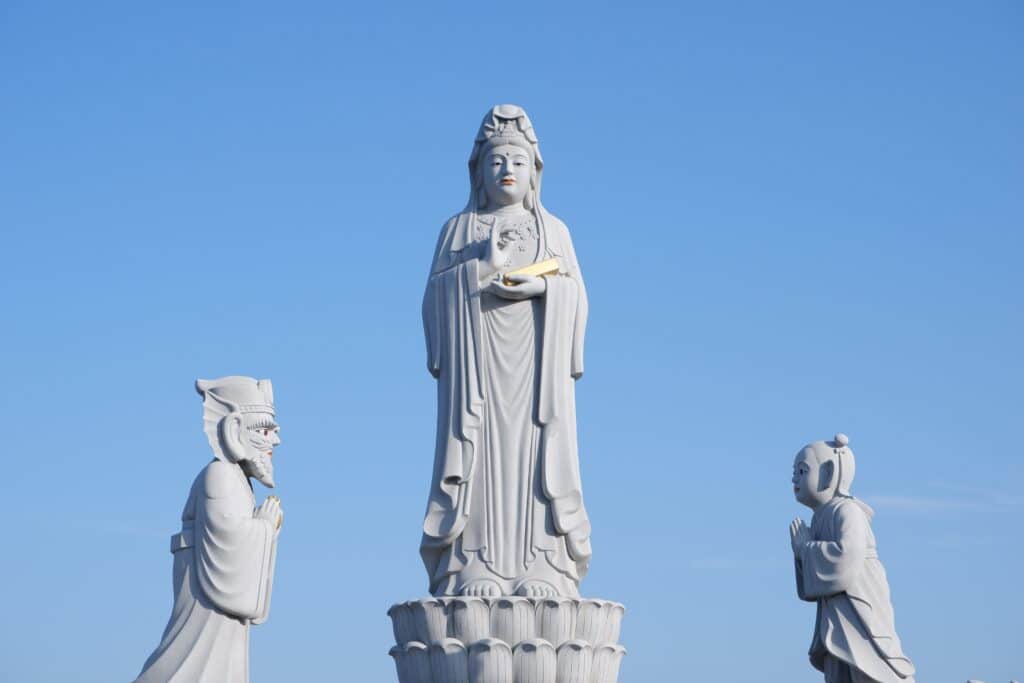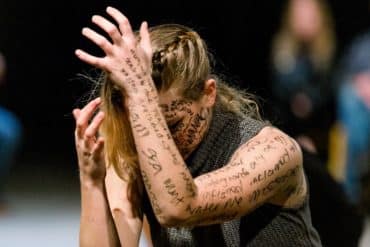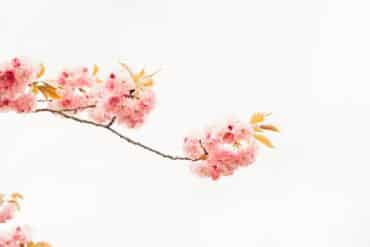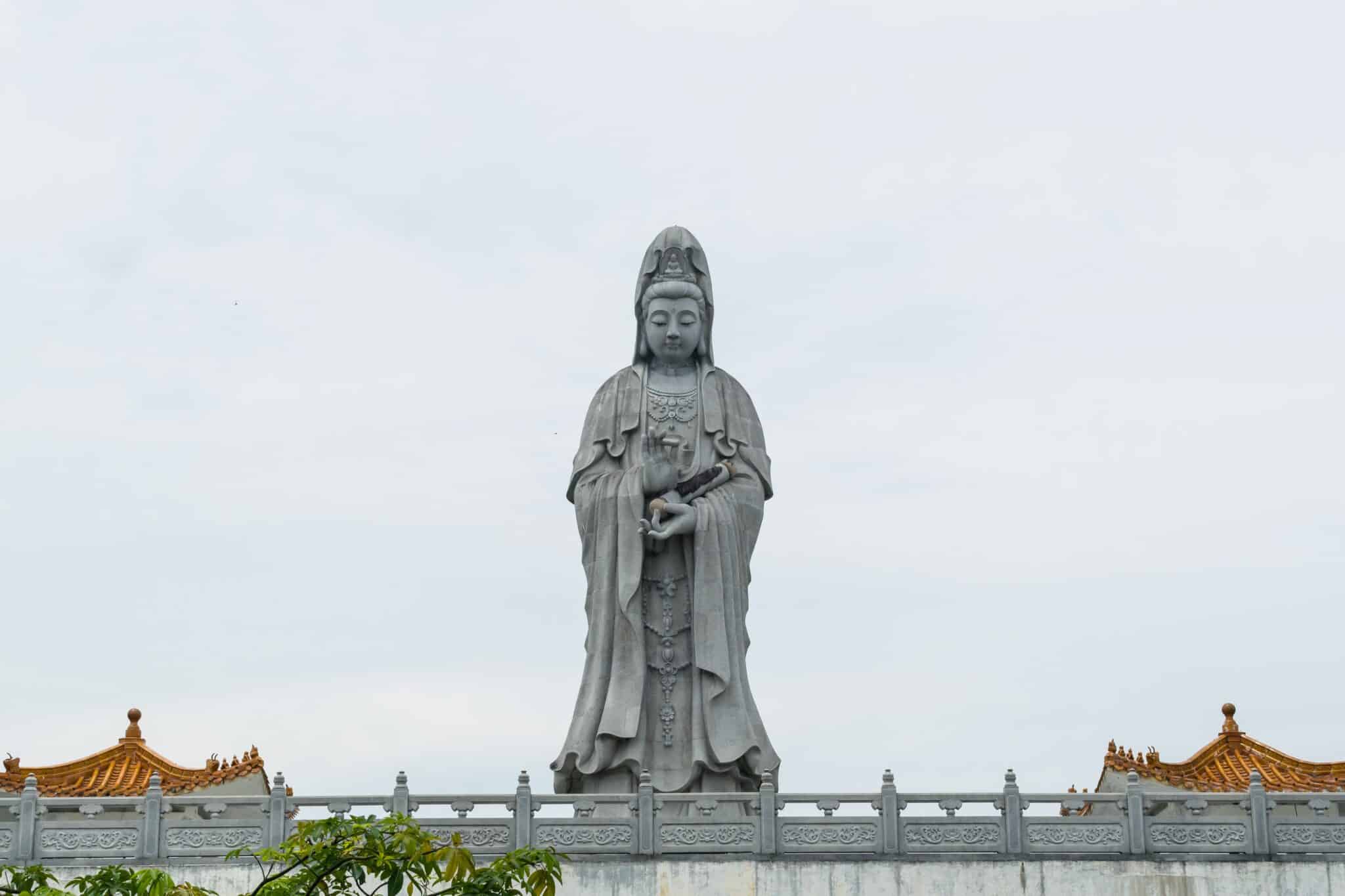“This is no good”: Am I Cursed?
Author’s Memo
There is much talk these days about cultural appropriation. Sometimes, it is difficult to identify such appropriation. Also, it is equally difficult to ascribe a motive to a person’s actions that some may deem to be cultural appropriation. I have long been interested in exploring my spirituality and that of others as found in various cultures and religions. In my extensive travels around the world I have made efforts to learn about and understand spiritual practices that may have impact on my practices. Is that cultural appropriation? Or am I respecting the beliefs and values of other cultures and, as a global citizen, incorporating them into my life? Although I recognize I could be open to criticism relative to cultural appropriation, I believe I am doing the latter.
This lighthearted essay illustrates an experience I had in Singapore while doing research for a book I was writing about spirituality. My intent had not been to make fun of or disparage the spiritual practices I experienced there, but rather to poke fun at my ineptitude as a Westerner to immerse myself in the practice, or even to be able to fully understand it.

“This is no good”: Am I Cursed?
The Kwan Im Thong Hood Cho Buddhist temple dedicated to Kwan Im, the Chinese goddess of mercy, kindness, and compassion is an oasis of tranquility in frenetic Singapore. Kwan Im is frequently depicted in meditation sitting on a lotus flower, her countenance a lovely expression of peace and serenity. Wearing a white robe, she pours the pure water of life, compassion, and wisdom from a jar she holds in her left hand. Also, in her right hand she holds a willow branch with which she disperses the divine water to humanity.
Altogether, what was going on outside the walls of her temple would have given her a heart attack.
Waterloo Street, one of Singapore’s oldest streets throbbed with people, many of them visiting the flower, joss stick, and candle vendors, or the Chinese fortune-tellers that lined the street, bright umbrellas shading them from the sun. The rainbow-colored Sri Krishnan Hindu temple shared space on the street with the Buddhists. Moreover, further down this ecumenical street, Saints Peter and Paul Church drew in Catholic worshippers while Jews visited the Maghaim Aboth synagogue.

My wife, Mary, and I were on a 25-day sojourn in southeast Asia, beginning in Singapore. Her sister Connie and brother-in-law lived there.
The Kwan Im Thong Hood Cho Buddhist temple dedicated to Kwan Im, the Chinese goddess of mercy, kindness, and compassion is an oasis of tranquility in frenetic Singapore.
The Kwan Im temple was a bustling place, with the pungent scent of incense riding on the air as people waved burning joss sticks in the little courtyard behind the ornate red and green wall separating the temple from the street. We walked through the fog of incense, eyes tearing. While above us, carved Chinese dragons cavorted on the red tiled roof.
On the whole, the vast interior of the temple contained an elaborate altar at one end on which a large golden statue of Kwan Im sat prominent. An enormous red carpet before the altar provided space for worshippers to honor the deities. Scores of people knelt or sat upon the carpet praying before the altar, many of them shaking red canisters filled with wooden sticks and tipping them onto the carpet in what looked like a game of pick-up sticks.
The worshippers were practicing a fortune-telling method known as kau chim. Common in Buddhist and Taoist temples and sometimes called “lottery poetry,” the divination practice dates to China’s 3rd century Jin Dynasty. The practice requires you to pray and whisper a question of the gods, then to gently shake the canister until only one of the 100 numbered wooden sticks fell to the floor. The number written upon the stick corresponds to one of 100 written oracles.
But before you can receive the answer, you must cast two jiaobei blocks, on the floor to confirm or negate the validity of your number. Sort of a Chinese “do-over.” Each crescent-shaped block is flat on one side and concave on the other. A successful answer is assured when the blocks come up with one flat side up and one concave. A failed answer is indicated by two concave sides up and when two flat sides come up, the answer not only fails, but the gods are laughing at you as well, the Buddhist double-whammy of negativity. You may as well kill yourself. However, if you make a successful toss, you take the stick to an interpreter who will read the oracle that corresponds to the number on the stick and help you understand its meaning.
In truth,I had never been in a Buddhist temple before and was completely unfamiliar with kau cim a method of divination light-years off my beaten path. After being prodded by Mary and Connie and their chants of chicken! chicken! which I don’t think you’re supposed to say in a Buddhist temple, I gave it a shot.
Firstly, for a small cash donation, a temple aide handed me a heavy canister of sticks and led me to a place on the carpet, far removed from Kwan Im. Then, he told me to kneel and mentally give the gods my name, address, and question, and to pray for an answer. I didn’t know why the gods needed my name; didn’t they already know it? Nor did I know why my address was important unless the gods delivered their answers by Federal Express.
While Mary, Connie, and her husband, Tom, looked on bemused, I removed my sandals and knelt on the carpet in front of an old Chinese man sitting cross-legged at a corner of the carpet. Apparently, he was there to help dumb Westerners like me perform the rite right. My arthritic knees sang a song of misery as I knelt on the carpet. I prayed for a bottle of ibuprofen.
The old man’s English was imaginative. Therefore, I was never sure I was doing as he instructed. As I looked over my shoulder at him, he told me in words and gestures to shake the canister until only one stick fell. I shook it and nervously dropped at least half a dozen sticks to the floor. Then, the old man scowled, and my loyal trio snickered. Yeah, sure, you get down here on your knees and see how you do, I thought. I tried again.
Four sticks.
The old man was not pleased. “No! No! Too many.”
Yeah, I knew that.
A woman beside me saw I was in trouble and was kind enough to try and show me how to shake the canister so that only one stick would fall out. The old man was having none of that. He scolded her in Chinese for being a Buddhist buttinski and interfering with his expert instruction. The lady was feisty and scolded him back. Oh, geez, I thought, I’m creating an international incident.
Afterward, the old man turned on me. “What you do?” he demanded. “You listen her, or you listen me?”
I felt like replying her, since she seemed like a much nicer person. However, I knew he was the official Westerner-minder, the prayer police, and, besides, the woman had returned to her prayers, leaving me at the mercy of this angry old man.
My family was no help either. Too busy laughing.
Finally, I succeeded in shaking out only one stick and none too soon, since my knees had turned to blocks of wood. The old man handed me a pair of red rubber jiaobei blocks that looked like the wax lips kids wear at Halloween.
“You throw,” he said, pointing to the carpet in case I had plans of throwing them at him.
I tossed them on the carpet and was glad to see that the toss yielded one up, one down; I had a winner. The old man waved me off the carpet, glad to see me go, I’m sure. The feeling was mutual.
I retrieved my sandals and rejoined my family—still laughing uncontrollably—and took my stick to one of the interpreters. He was a thin man in dark dress pants and a white dress shirt, had family in the United States and spoke English well. He went over to a counter and returned a few moments later with a little slip of paper upon which was printed my fortune. It corresponded to the number on the stick I had dropped from the canister.
The four of us clustered around the interpreter as he studied the paper. It was mostly in Chinese; however, there was a brief English summary as well. His brow furrowed as he read the paper. He looked like a doctor about to deliver bad news.
And he did.
“Hmm, what did you ask of the gods?”
“I asked them for success in my career,” I said. I didn’t tell him about the ibuprofen.
He shook his head. “This is no good.”
My family looked at me as if I had just committed murder.
“No good?” I said.
“No, you must burn this paper before you leave the temple and then you should make an offering of money or flowers to the goddess. Then you can try again.”
“Today?”
“No, too soon, but try later,” he said.
He handed me the slip of paper. The English summary read: Do not heed rumors. Be more pious. Lies will be accepted as truths. Can a picture of a cake taste and feel like a cake?
“Oh, that’s bad,” Connie said, with a laugh.
“Thanks a lot,” I said.
“What’s that about a cake?” Mary asked.
“I have no idea,” I replied, “but I feel kind of hungry.”
With much teasing from my beloved family, I let the flames of one of the braziers in the temple courtyard consume my misfortune. However, the weight of it lay heavy upon my shoulders. And I had yet to make restitution to the gods.
Credits
Featured Image of Kwan Im by Ivan Samudra for Unsplash
Sculpture of Kwan In by Hyunji Yu for Pexels
Waterloo Street in Singapore by Jeremy Kwok for Unsplash
Learn More
New to autoethnography? Visit What Is Autoethnography? How Can I Learn More? to learn about autoethnographic writing and expressive arts. Interested in contributing? Then, view our editorial board’s What Do Editors Look for When Reviewing Evocative Autoethnographic Work?. Accordingly, check out our Submissions page. View Our Team in order to learn about our editorial board. Please see our Work with Us page to learn about volunteering at The AutoEthnographer. Visit Scholarships to learn about our annual student scholarship competition.
Author of nine books. Creative Writing instructor at Ohio University and Gotham Writers Workshop. Member, Horror Writers Association and Historical Novels Society. johnkachuba.com










